My objective is pass lists as arguments to the function geom_point2 using lapply or analogously mapply. In similar situations, I had success passing a list (or lists) to geom_cladelabel as in:
mapply(function (x,y,z,w,v,u,t,s) geom_cladelabel(node=x, label=y,
align=F, etc. # Where x y z etc are lists.
Problem is related to the use of aes inside geom_point2. (not in geom_cladelabel):
In the case of geom_point2, the node info is inside aes, and I could't do it. Normally I do not get any error message, but it does not work.
The objective is to make this example work, but using mapply instead of writting geom_point2 two times.
# source("https://bioconductor.org/biocLite.R")
# biocLite("ggtree")
library(ggtree)
library(ape)
#standard code
newstree<-rtree(10)
node1<-getMRCA(newstree,c(1,2))
node2<-getMRCA(newstree,c(3,4))
ggtree(newstree)+
geom_point2(aes(subset=(node ==node1) ), fill="black", size=3, shape=23)+
geom_point2(aes(subset=(node ==node2) ), fill="green", size=3, shape=23)
#desire to substitute the geom_point2 layers with mapply or lapply:
#lapply(c(node1,node2), function (x) geom_point2(aes(subset=(node=x)))))
